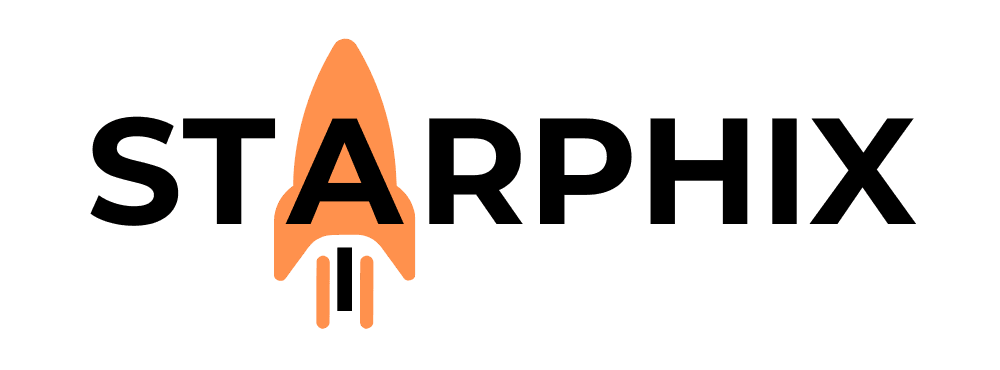Introduction: Teaching Your AI a New Skill 🤔 #
You have successfully built a private AI lab and learned to use powerful, general-purpose models. The next frontier isn’t just using AI; it’s shaping it. Fine-tuning is the process that allows you to move from being an AI user to an AI trainer, taking a smart, generalist model and transforming it into a true specialist that is perfectly adapted to your unique needs.
Think of it this way: downloading a pre-trained model is like hiring a brilliant, university-educated graduate. Fine-tuning is like sending that graduate to an intensive, specialized training course to make them an expert in your specific field.
(Image Placeholder: A graphic showing a generic brain icon on the left. An arrow labeled “Fine-Tuning on Your Data” points to the right, where the brain icon is now shown with a specialized symbol on it, like a lawyer’s gavel or a doctor’s stethoscope.)
What is Fine-Tuning? A Simple Definition #
Fine-tuning is the process of taking a large, pre-trained AI model and continuing its training on a smaller, curated dataset. This second phase of training adjusts the model’s internal parameters to make it an expert in a new, specific domain. You are not teaching it language from scratch; you are refining its existing knowledge and teaching it a specialized skill or style.
Fine-Tuning vs. RAG: What’s the Difference? ↔️ #
This is the most important distinction to understand in advanced AI. While both techniques customize an AI’s output, they work in fundamentally different ways.
- RAG (Retrieval-Augmented Generation) is about giving your AI a book to read. The AI’s core “brain” doesn’t change. It simply reads the documents you provide at the time of your question to find the answer. It is accessing external knowledge. Our “Knowledge-Core Agent” project used RAG.
- Fine-Tuning is about sending your AI to school. You are permanently changing the model’s internal weights and biases. You are embedding new skills, styles, or knowledge directly into its “brain.”
A simple rule of thumb: Use RAG to teach an AI what to know. Use fine-tuning to teach an AI how to be.
Why Would You Fine-Tune a Model? #
You would fine-tune a model to permanently alter its behavior in one of three ways:
- To Teach a Specific Style: If you want an AI to write exactly like you, you can fine-tune it on thousands of your own emails and documents. It will learn your unique tone, phrasing, and vocabulary.
- To Teach a New, Reliable Skill: You could fine-tune a model on thousands of examples of legal contract summaries to make it an expert legal summarizer, far more reliable at that specific task than a general-purpose model.
- To Align with a Persona: You can fine-tune a model to adopt a specific personality, for example, making it an expert customer service agent that always follows your company’s communication guidelines.
A Glimpse at the “How”: The LoRA Method #
Traditionally, fine-tuning an entire large language model required immense computational power, far beyond any consumer hardware. However, a breakthrough technique called LoRA (Low-Rank Adaptation) has made this process much more accessible. LoRA is a “parameter-efficient” fine-tuning method. Instead of retraining all billions of parameters in the model, it cleverly freezes the original model and inserts a tiny set of new, trainable layers. This allows you to achieve most of the benefits of a full fine-tune while using a fraction of the VRAM, making it possible to experiment with fine-tuning on high-end consumer GPUs.
The Ultimate Form of Personalization ✨ #
The ability to fine-tune a model is the pinnacle of AI sovereignty. You are no longer just a user of a tool created by others; you are a creator, a trainer, a shaper of intelligence itself. This deep level of customization is central to the StarphiX philosophy. We believe that for professional applications, a generic model is a good start, but a precisely fine-tuned expert is a game-changer. While DIY fine-tuning is an incredibly powerful skill to learn, achieving optimal, reliable results for business use often involves a carefully prepared dataset and a structured, professional approach. This ensures the model you create is not only skilled but also safe and perfectly aligned with your goals.
Related Reading 📚 #
- What’s Next?: Optimizing Performance: Quantization and Model Pruning Explained ⚡️
- Compare the Technique: Practical Project: Creating a ‘Knowledge-Core Agent’ with Your Own Documents 🧠
- Go Back to Basics: A Guide to Model Sizes: What Do 7B, 13B, and 70B Really Mean? 📏


